Efficient Ammonia Utilization Techniques in MAP Production Lines
Monoammonium Phosphate (MAP) production is a cornerstone of modern fertilizer manufacturing, providing a crucial blend of nitrogen and phosphorus for crop growth. A vital aspect of MAP production is the efficient use of ammonia, which reacts with phosphoric acid to form the desired compound. Employing advanced ammonia utilization techniques in MAP production ensures higher productivity, cost savings, and minimal environmental impact.
In MAP production, ammonia loss or inefficiency can occur due to its volatile nature. The primary challenges include:
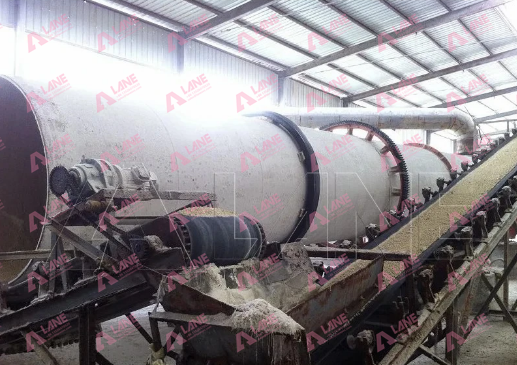
Volatile Losses: Ammonia can escape during handling or the reaction process, leading to reduced output.
Incomplete Reactions: Inefficient ammonia-phosphoric acid interaction can lower fertilizer quality.
Regulatory Pressures: Excessive ammonia emissions pose environmental hazards and risk non-compliance with legal standards.
Addressing these issues with innovative ammonia utilization techniques in MAP production is critical to improving operational efficiency.
Core Ammonia Utilization Techniques
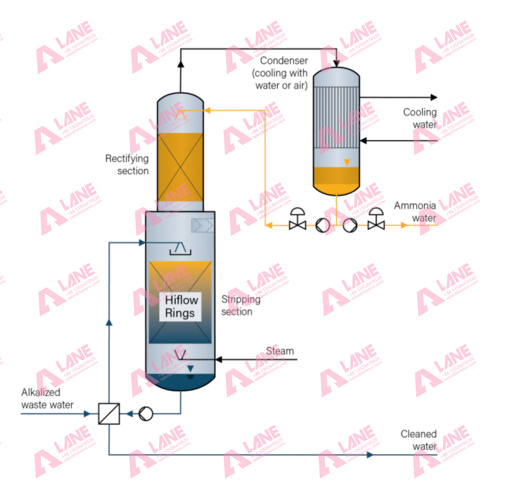
Closed-Loop Systems for Ammonia Recovery
A closed-loop system is a proven strategy to minimize ammonia loss in MAP production. This system captures unused ammonia and reintroduces it into the production cycle.
Benefits:
Reduces material waste.
Enhances cost-efficiency by reusing unreacted ammonia.
Improves environmental compliance by lowering emissions.
Precise Reaction Control
Accurate management of the reaction between ammonia and phosphoric acid is pivotal. Automated systems help maintain the exact stoichiometric ratios needed for optimal results.
Advantages:
Reduces the risk of overuse or underuse of ammonia.
Enhances the quality of the MAP produced.
Advanced sensors integrated into production lines ensure real-time adjustments, enabling precise control.
Temperature and Pressure Management
Ammonia’s reactivity is highly sensitive to temperature and pressure. Maintaining ideal conditions ensures full utilization during the reaction.
| Optimal Conditions for Ammonia Utilization |
|---|
| Parameter |
| Reaction Temperature |
| Pressure |
These parameters allow for efficient reaction rates and prevent ammonia utilization techniques in MAP production.
Scrubbing Technologies
Scrubbers are essential to capture excess ammonia released into the atmosphere.
- Wet Scrubbers: Utilize liquid solutions to absorb ammonia emissions.
- Dry Scrubbers: Employ chemical adsorbents like activated carbon for ammonia capture.
Integrating these scrubbers into MAP production lines not only reduces emissions but also enhances ammonia recovery rates.
Catalytic Enhancement
Catalysts can accelerate ammonia-phosphoric acid reactions, ensuring complete utilization. These compounds lower the energy requirements for the process, making production more sustainable.
Use of Smart Control Systems
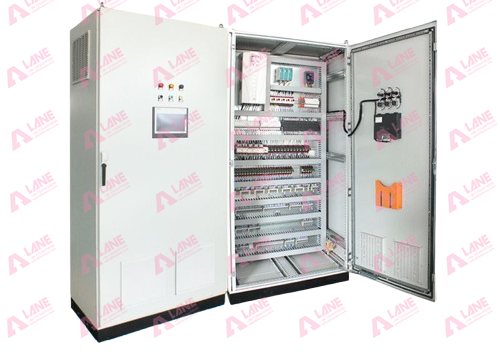
Digital tools such as AI and IoT sensors can optimize ammonia utilization techniques in MAP production by:
- Monitoring real-time data on ammonia input and reaction efficiency.
- Predicting and preventing potential losses.
- Automating adjustments for process parameters.
Benefits of Advanced Ammonia Utilization
Implementing efficient techniques yields several advantages:
- Cost Efficiency: Reduced raw material waste lowers production costs.
- Product Consistency: Ensures uniform nitrogen and phosphorus content in MAP fertilizers.
- Environmental Benefits: Minimizes emissions and promotes sustainability.
- Regulatory Compliance: Helps manufacturers meet stringent environmental standards.
Emerging Trends in Ammonia Utilization
Innovations in ammonia management promise to transform MAP production:
- Green Ammonia Sources: Ammonia derived from renewable energy enhances sustainability.
- Enhanced Recovery Units: New technologies allow nearly 100% ammonia recovery.
- AI Optimization Tools: Advanced AI algorithms further refine process efficiency.
| Comparison of Traditional and Advanced Ammonia Utilization |
|---|
| Parameter |
| Ammonia Loss (%) |
| Environmental Impact |
| Cost Efficiency |
The success of MAP production relies heavily on effective ammonia management. By employing advanced ammonia utilization techniques in MAP production, manufacturers can achieve operational excellence while addressing environmental and economic challenges.
The use of closed-loop systems, precise reaction controls, and advanced scrubbing technologies ensures minimal ammonia utilization techniques in MAP production, which is critical to maintaining cost efficiency and compliance with environmental regulations. Additionally, the integration of smart control systems and catalytic enhancements provides real-time monitoring and optimization, paving the way for sustainable practices in fertilizer manufacturing.
Looking ahead, the industry stands at the cusp of a green revolution. The incorporation of ammonia utilization techniques in MAP production derived from renewable energy and emerging recovery technologies will redefine MAP production standards. With nearly 100% recovery rates becoming achievable, manufacturers can anticipate a significant reduction in raw material costs and environmental impact. Furthermore, AI-driven solutions are set to transform the precision and scalability of operations, ensuring that every molecule of ammonia is utilized effectively.
By adopting these cutting-edge techniques, manufacturers not only enhance productivity and profitability but also contribute to a more sustainable agricultural ecosystem. The journey to optimized MAP production begins with the strategic implementation of these technologies, promising a future where high-quality fertilizers are produced with minimal waste and maximum efficiency.
Latest Articles & Tips
More-
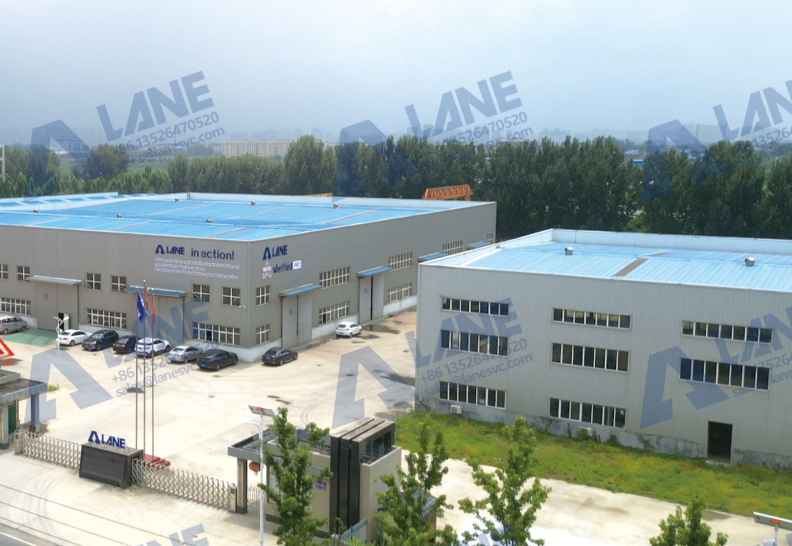
03/14
OEM Fertilizer Equipment Manufacturing: Custom Solutions for Your Production Needs
read more -

02/27
Fertilizer Granulation for DAP and MAP: Enhancing Efficiency in Fertilizer Production
read more -
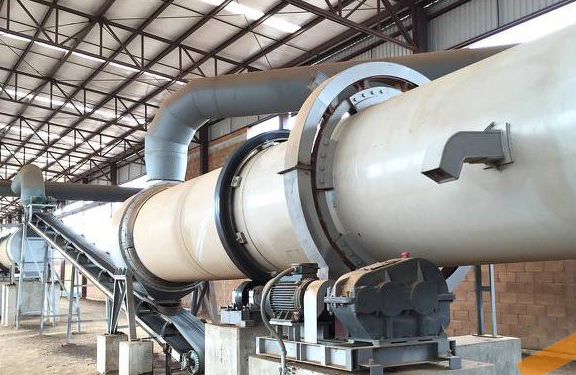
02/27
Fertilizer Production Solutions: Optimizing Efficiency and Sustainability in Fertilizer Manufacturing
read more -
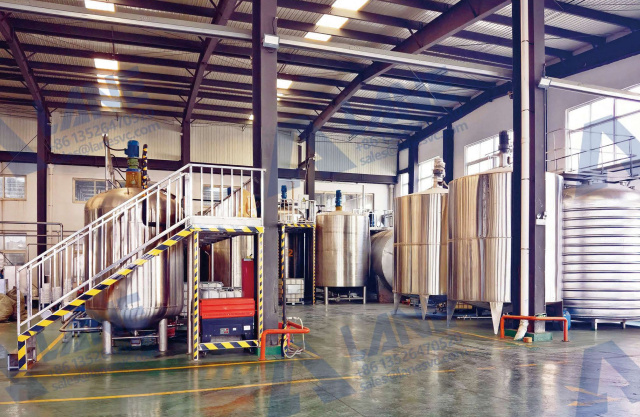
02/13
Chemical Fertilizer Production Line: Enhancing Agricultural Productivity with Precision Manufacturing
read more



Send a message to us